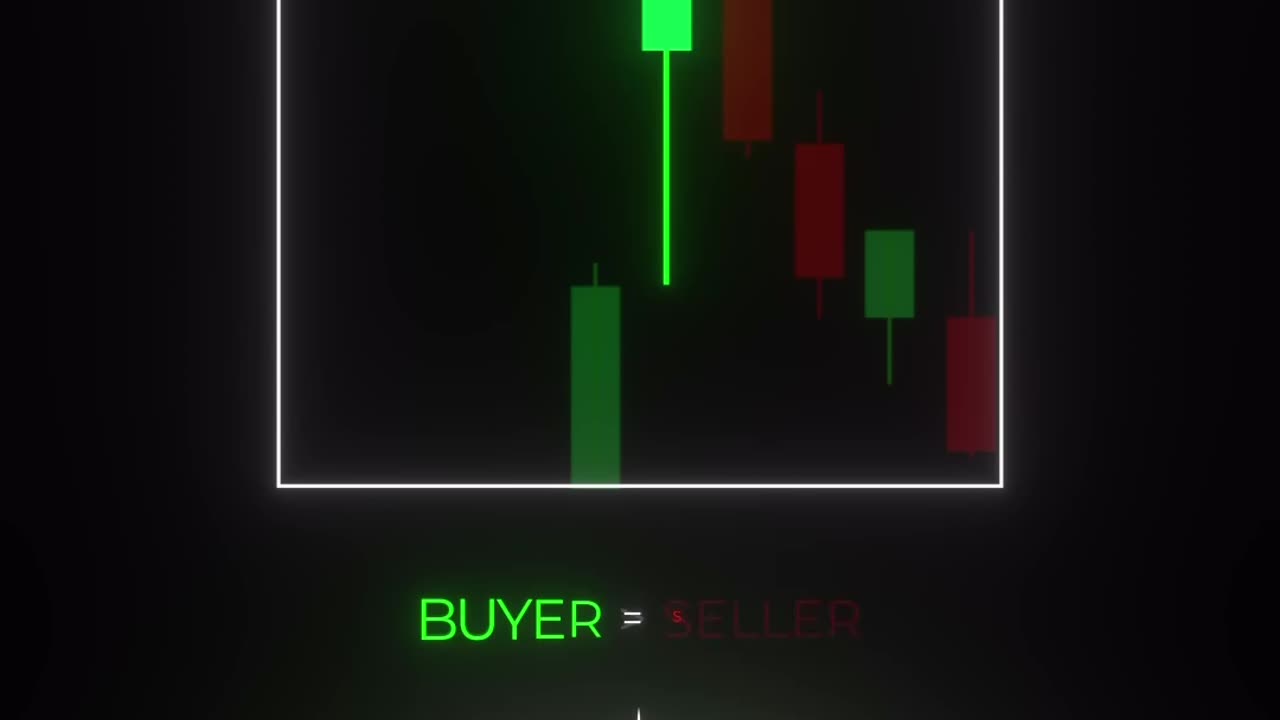Premium Only Content

CANDLE STICK PATTERN - DOJI, SHOOTING STAR, ETC
Stock chart patterns often signal transitions between rising and falling trends. A price pattern is a recognizable configuration of price movement identified using a series of trendlines and/or curves.
When a price pattern signals a change in trend direction, it is known as a reversal pattern; a continuation pattern forecasts that the trend will continue in its existing direction, possibly following a brief pause. There are many patterns used by traders—here is how patterns are made and some of the most popular ones.
Key Takeaways
Patterns are the distinctive formations created by the movements of security prices on a chart and are the foundation of technical analysis.
A pattern is identified by a line connecting common price points, such as closing prices or highs or lows, during a specific period.
Technical analysts and chartists seek to identify patterns to anticipate the future direction of a security’s price.
These patterns can be as simple as trendlines and as complex as double head-and-shoulders formations.
Trendlines in Technical Analysis
Since price patterns are identified using a series of lines or curves, it is helpful to understand trendlines and know how to draw them. Trendlines help technical analysts spot support and resistance areas on a price chart. Trendlines are straight lines drawn on a chart by connecting a series of descending peaks (highs) or ascending troughs (lows).
A trendline that angles up, or an up trendline, occurs where prices are experiencing higher highs and higher lows. The up trendline is drawn by connecting the ascending lows. Conversely, a trendline that is angled down, called a down trendline, occurs where prices are experiencing lower highs and lower lows.
1
Trendlines will vary depending on what part of the price bar is used to "connect the dots."
While there are different schools of thought regarding which part of the price bar should be used, the body of the candle bar—and not the thin wicks above and below the candle body—often represents where the majority of price action has occurred and therefore may provide a more accurate point on which to draw the trendline, especially on intraday charts where "outliers" (data points that fall well outside the "normal" range) may exist.
On daily charts, chartists often use closing prices, rather than highs or lows, to draw trendlines since the closing prices represent the traders and investors willing to hold a position overnight or over a weekend or market holiday. Trendlines with three or more points are generally more valid than those based on only two points.
Uptrends occur when prices are making higher highs and higher lows. Up trendlines connect at least two of the lows and show support levels below price.
Downtrends occur when prices are making lower highs and lower lows. Down trendlines connect at least two of the highs and indicate resistance levels above the price.
Consolidation, or a sideways market, occurs where price oscillates in a range between two parallel and often horizontal trendlines.
Types of Stock Chart Patterns
Continuation Patterns
A price pattern that denotes a temporary interruption of an existing trend is a continuation pattern. A continuation pattern can be considered a pause during a prevailing trend. This is when the bulls catch their breath during an uptrend or when the bears relax for a moment during a downtrend.
2
While a price pattern is forming, there is no way to tell if the trend will continue or reverse. As such, careful attention must be placed on the trendlines used to draw the price pattern and whether the price breaks above or below the continuation zone. Technical analysts typically recommend assuming a trend will continue until it is confirmed that it has reversed.
In general, the longer the price pattern takes to develop, and the larger the price movement within the pattern, the more significant the move once the price breaks above or below the area of continuation.
If the price continues on its trend, the price pattern is known as a continuation pattern. Common continuation patterns include:
Pennants, constructed using two converging trendlines
Flags, drawn with two parallel trendlines
Wedges, constructed with two trendlines that would converge if they were long enough, where both are angled either up or down
Triangles are among the most popular chart patterns used in technical analysis since they occur frequently compared to other patterns. The three most common types of triangles are symmetrical triangles, ascending triangles, and descending triangles. These chart patterns can last anywhere from a couple of weeks to several months.
Reversal Patterns
A price pattern that signals a change in the prevailing trend is known as a reversal pattern. These patterns signify periods where the bulls or the bears have run out of steam. The established trend will pause, then head in a new direction as new energy emerges from the other side (bull or bear).
3
For example, an uptrend supported by enthusiasm from the bulls can pause, signifying even pressure from both the bulls and bears, then eventually give way to the bears. This results in a change in trend to the downside.
Reversals that occur at market tops are known as distribution patterns, where the trading instrument becomes more enthusiastically sold than bought. Conversely, reversals that occur at market bottoms are known as accumulation patterns, where the trading instrument becomes more actively bought than sold.
-
 1:03:32
1:03:32
Winston Marshall
3 days ago"War On Children!" The DEMISE Of The West Starts With Schools - Katharine Birbalsingh
73.6K60 -
 48:02
48:02
Survive History
9 hours ago $1.67 earnedCould You Survive as a Sharpshooter in the Napoleonic Wars?
21.1K2 -
 12:03
12:03
Space Ice
10 hours agoSteven Seagal's China Salesman - Mike Tyson Knocks Him Out - Worst Movie Ever
13.4K14 -
 11:37
11:37
Degenerate Jay
9 hours ago $1.60 earnedJames Bond Needs Quality Over Quantity From Amazon
12.5K2 -
 15:23
15:23
Misha Petrov
9 hours agoTrad Wives & Girl Bosses Go to WAR!
14K31 -
 2:03:11
2:03:11
TheDozenPodcast
8 hours agoFootball villain fighting the state: Joey Barton
15.4K -
 LIVE
LIVE
Scottish Viking Gaming
10 hours ago💚Rumble :|: Sunday Funday :|: Smash the Blerps and Vape the Terpes
561 watching -
 1:45:00
1:45:00
RG_GerkClan
12 hours ago🔴LIVE Sunday Special - It's Time for World Domination - Civilization VII - Gerk Clan
66.1K27 -
 LIVE
LIVE
Major League Fishing
4 days agoLIVE Tackle Warehouse Invitationals, Stop 1, Day 3
159 watching -
 23:34
23:34
marcushouse
13 hours ago $17.90 earnedBREAKING: Starship Launch IMMINENT – But What’s This SURPRISE Flight 9 Plan?! 🚀🔥
110K11